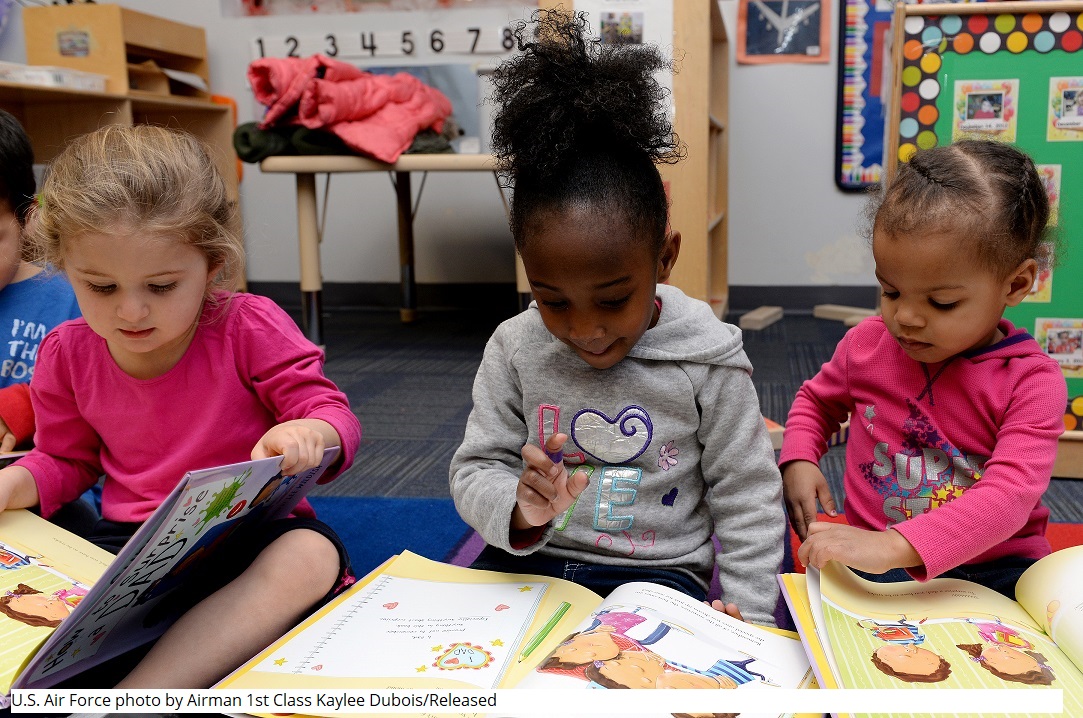Do you have a friend whose glass is always half full, who always makes lemon-aide out of lemons? That my friends is the indomitable spirit of resiliency! As a parent, grandparent, teacher, grad student, tutor, and literacy coordinator I have seen faces that were full of hope and faces that were full of doubt and fear. How do we convince that happy, go-getter to not give up but keep trying? There is a lot written about it. And there is a lot of agreement on how to encourage it in learners of all ages. “8 Ways to Help Your Students Build Resiliency,” is a winning article by Samantha Cleaver that offers 8 concise points. This quote from it hits the nail on the head!
“Resiliency comes from kids’ beliefs and attitudes about themselves and what happens to them. Fortunately, these internal factors—humor, inner direction, optimism and flexibility—are traits that we can build or strengthen.”
Now that I must applaud! We can do something about our learner’s resiliency! Read on! When you must nip a sad face in the bud, the article offers three tips for “In the Moment” interventions.
1. Encourage a balanced focus. One failed attempt or failed grade is not the end of the world. Don’t downplay the problem; just help the student gain a different way of looking at the scenario.
2. Make mistakes a learning tool. Demonstrate appreciation for the child trying to achieve a goal. Failing sometimes is a way of creativity. Thinking outside of the box is a sign of giftedness!
3. Help them deal with their feelings. This is not an ideal time to teach a student to calm down. You just want her/him to cope. Have a quiet spot for calming down, play soft music, count to ten…you both might need to!
Now for the times when you do have time to encourage a student to keep hope alive, here are five tips other tips the article provides “For the Long Run…not the sprint”.
1. Build attachments to others. Create an environment where your child feels connected at home and at school. Feeling important in the home, with jobs and responsibility fosters a sense of belonging. Working together on decisions and tasks helps a child feel that we are all in this together. At school, team work on projects encourages the connection of belonging.
2. Help them see where they shine. Catch ‘em being good at a task and home in on that. Capitalize on strengths by popping compliments in a lunchbox, under a pillow or in their car seat. Task your child with something he/she is the best at!
3. Provide opportunities for autonomy. CHOICE. A very powerful tool to encourage a resilient child. Empower your child by allowing him/her to choose – whether it’s a household chore, a book, an activity, clothes to wear, or the menu for dinner. A competent person will blossom.
4. Find models in the stories they read. Now I would not recommend, Harold and the Purple Crayon to your budding three-year-old artist, but an excellent choice would be My Hiding Place for your fourth-grade daughter. Choose carefully those heroes and heroines you want your child to emulate. You want your child to relate to a resilient, believable character.
5. Many strokes make a masterpiece – help them build toward their goals. Baby steps are the key. Teach, model, encourage, compliment, self-reflect. Help your child understand what he/she has accomplished. Keep focus on the successes and how your self-perceived failures can lead to better decisions on the path of progress.
See the full article by Samantha Cleaver at www.weareteachers.com



